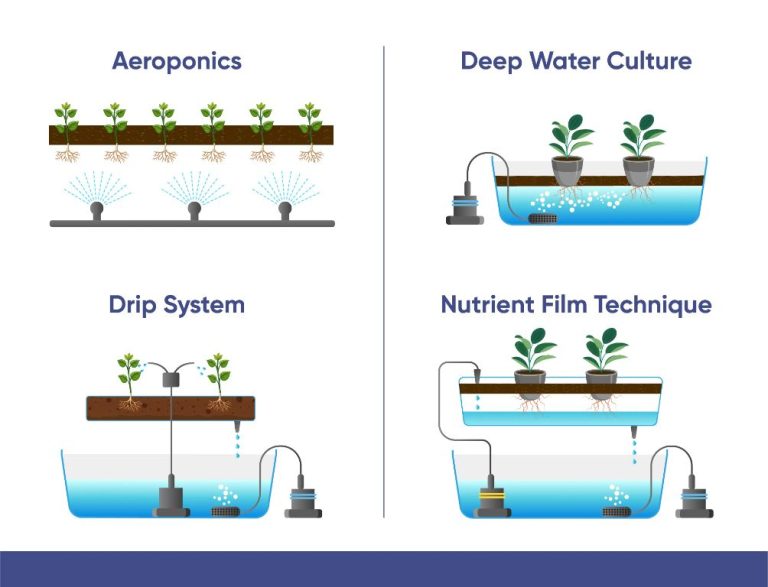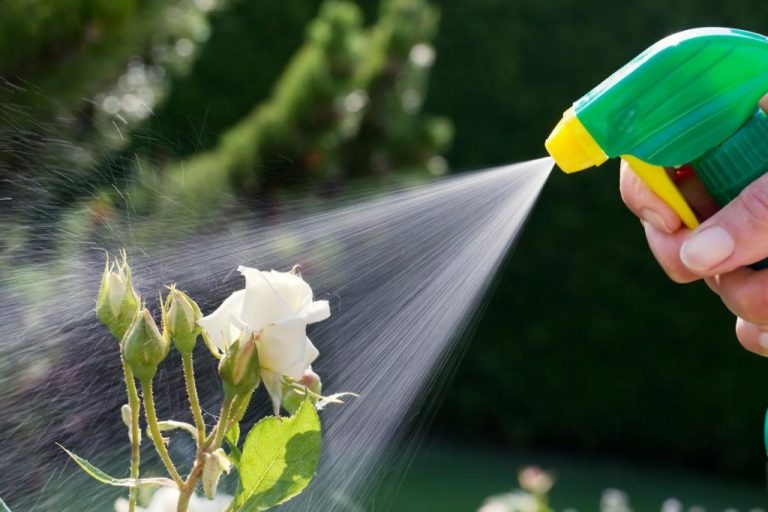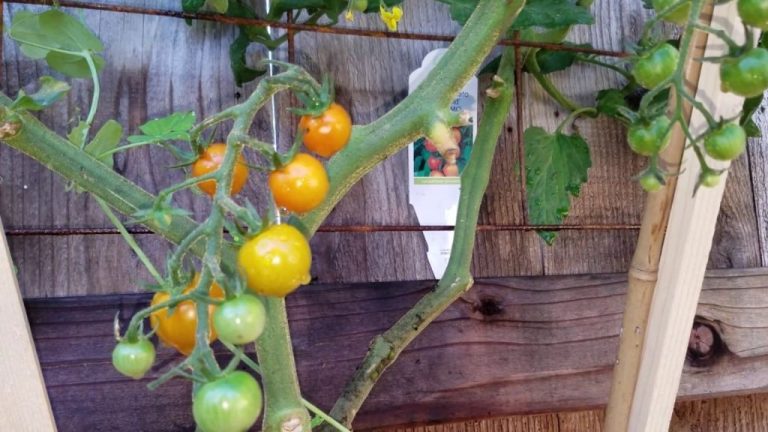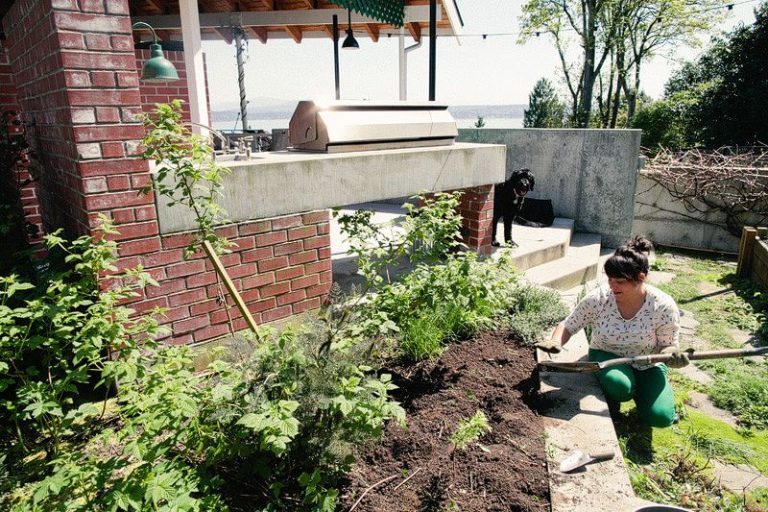Organic Vegetable Gardening In Raised Beds: Tips For Healthy Plants
Raised bed gardening refers to growing plants in beds that are elevated above the ground. Raised beds are typically built from materials like wood, stone or brick and filled with soil that is enriched with compost and other amendments. Raised beds offer many benefits over traditional ground gardening:
Some key benefits of raised bed gardening include:
- Improved drainage – The loose, friable soil mix in raised beds drains better than compacted soil.
- Easier access – Raised beds make gardening more accessible for people with limited mobility.
- Better soil – You can control the soil mix, adding more organic matter for healthier plants.
- Higher yields – Raised beds warm up faster in spring and have very fertile soil, leading to higher yields.
- Less weeding and maintenance – The soil doesn’t get compacted over time, reducing weeds.
In this guide, we’ll cover key tips for building, filling, planting and maintaining raised beds to help you grow thriving organic vegetable gardens.
Location
Choosing the right location for your raised bed vegetable garden is crucial for growing healthy plants. According to the Gardenary blog, the ideal location is on the south side of any structures like your home, garage, or fences. This allows the garden to receive lots of direct sunlight throughout the day (Source 1). The Almanac recommends choosing a spot with level ground or a gentle slope to prevent water from pooling. Avoid low areas that remain wet in spring (Source 2).
Proper sunlight and drainage are key factors when selecting the location. Position the raised beds so they get at least 6-8 hours of sunlight, especially in the morning. This allows plants like tomatoes, peppers, and herbs to thrive. Make sure the site allows water to drain away from the beds to prevent soggy soil. Adding gravel, sand or pebbles to the ground under the raised beds improves drainage.
Building Materials
The most common materials for building raised beds are wood, metal, and concrete blocks like cinder blocks. Wood is often preferred because it’s lightweight, easy to work with using basic tools, and can be customized to any shape or size. Cedar and redwood are popular wood choices as they resist rotting (https://www.gfloutdoors.com/cinder-block-vs-wood-raised-bed-a-gardeners-guide/). Metal and concrete like cinder blocks are more permanent options but can be more difficult to install and modify.

For height, most experts recommend 18-24 inches as an optimal height for easy access and plant productivity. The width of raised beds can vary but 2-4 feet wide is common to allow enough space to reach the center for weeding and harvesting. Longer raised beds work well too but make sure the length is no more than 4 feet across for easy access as well (https://www.gfloutdoors.com/cinder-block-vs-wood-raised-bed-a-gardeners-guide/).
Soil
The quality of the soil is one of the most critical factors in a successful raised bed vegetable garden. Healthy plants require nutrient-rich soil with good drainage and aeration. There are a couple options when it comes to obtaining soil for your raised beds:
Mixing Your Own Soil
One option is to mix your own soil blend using components like compost, coconut coir, vermiculite or perlite for aeration and nutrients. This allows you to fully control the soil composition. A basic mixture contains 1/3 compost, 1/3 peat moss or coconut coir and 1/3 perlite or vermiculite. You can also add slow-release organic fertilizer. Mixing your own soil takes more effort upfront, but lets you customize the blend.
Buying Pre-Made Soil
For convenience, you can purchase high-quality organic potting mix made specifically for vegetable gardening. Look for mixes containing compost along with a diversity of components like sphagnum peat moss, organic fertilizer, earthworm castings etc. This is an easy option, but you have less control over the exact composition.
Soil Depth
Make sure to fill your raised beds with at least 12-18 inches of high-quality soil for adequate root development. Shallow soil will restrict plant growth and yields. Preparing healthy, nutrient-rich soil is one of the most important steps for growing thriving vegetables in raised garden beds.
Plant Selection
Choosing the right plants for your raised bed organic garden is key to growing healthy and productive vegetables. When selecting plants, consider your local climate and sunlight conditions. Choose vegetable varieties that are recommended for your hardiness zone. Some plants, like tomatoes and peppers, require plenty of sun while others, like spinach and lettuce, can tolerate some shade.
Practice companion planting by grouping plants that benefit each other. For example, planting basil next to tomatoes can deter pests and improve growth. Onions and carrots are compatible and efficiently use garden space by occupying different soil depths. Avoid planting crops from the same plant family together, which can deplete nutrients and increase disease susceptibility.
To maintain soil health, rotate plant families in a raised bed from season to season. Move plants from the brassica family (broccoli, kale, cabbage) to a different bed the following year after harvesting. Rotate plant families on a 3-4 year cycle to prevent the buildup of diseases and pests specialized for those crops.
Planting
There are two main ways to plant a raised bed garden – planting seeds directly into the soil or transplanting seedlings. Seeds are generally cheaper and allow you to grow a larger number of plants. However, seedlings are less work as you don’t have to start seeds indoors or outdoors weeks before planting. Some vegetables, like carrots and radishes, should always be direct sown. Others, like tomatoes and peppers, should be transplanted as seedlings.
When planting seeds, it’s important to follow the proper spacing recommendations on the seed packet. Overcrowding plants can lead to disease, stunted growth, and reduced yields. To ensure proper spacing, some gardeners create grids out of materials like wood strips or strings tied to stakes. This creates organized rows with uniform spacing.
Another approach is to scatter seeds across a raised bed, then thin seedlings later to proper spacing. This works for salad greens and root crops that will be continually harvested over time. Regardless of method, consistent moisture and thinning is key for good germination and growth when direct sowing seeds.
When transplanting seedlings, dig holes the appropriate spacing apart and deep enough to cover the root ball. Gently remove seedlings, being careful not to disturb roots. Place into holes, fill around with soil, and water well. Allow proper space between seedlings according to variety. Transplants should show steady, vigorous growth after transplanting into the garden.
For details on optimal spacing for specific vegetable varieties, consult planting guides or seed packets. Consistent spacing and care for both direct sown seeds and transplanted seedlings will lead to a productive raised bed garden.
Watering
Proper watering is crucial for healthy plants in a raised bed vegetable garden. Due to their shallow root systems, raised beds can dry out quickly, especially during hot summer months. It’s important to monitor soil moisture and water thoroughly when the top few inches become dry.
Apply water slowly and deeply, at the base of plants, to encourage roots to grow downwards. About 1-2 inches of water per week is sufficient, but this depends on climate, soil type, and stage of plant growth. Allow the soil to partially dry out between waterings.
Mulching around plants helps retain moisture in the soil. Organic mulches like bark chips, shredded leaves or straw keep plant roots cool and reduce water evaporation. Apply 2-3 inches of mulch, leaving space near stems.1
Drip irrigation systems and soaker hoses are efficient options for watering raised beds. They apply water directly to the soil and help prevent fungal diseases. Timers can automate watering when you’re away. Overhead sprinklers are less ideal as they wet plant leaves and promote diseases.
Fertilizing
Fertilizing is crucial for healthy plant growth, but it’s important to use organic fertilizers when gardening organically. Chemical fertilizers contain salts that damage soil structure and kill beneficial microorganisms. Organic fertilizers like compost, blood meal, bone meal, kelp meal, and manure nourish plants while improving soil health.
Apply fertilizer when planting, about 4-6 weeks after germination or transplanting, and midseason. Spread 1-2 inches of compost or 2-4 cups of organic granular fertilizer per 10 square feet before planting. Side dress with 1 cup granular fertilizer or 1 quart liquid fertilizer midseason. Overfertilizing can cause excessive foliage growth and poor fruiting, so follow package instructions.
Blood meal, bone meal, and manure provide nitrogen. Kelp meal is high in micronutrients. Compost contains a blend of nutrients. Test your soil to determine which fertilizers are needed. Organic fertilizers break down slowly, so make sure to water them into the soil for better nutrient absorption.
With proper organic fertilization techniques, your plants will thrive in raised beds while you grow healthier, more nutritious produce.
Pest Management
Dealing with garden pests in an organic way requires diligence, but is absolutely possible. Here are some of the most common vegetable garden pests and how to prevent and control them organically:
Common Pests
Some of the most common vegetable garden pests include:
- Aphids – These small, soft-bodied insects suck the sap out of plants. They tend to congregate on the undersides of leaves.
- Cabbage worms – The larvae of cabbage butterflies, these worms chew holes in the leaves of brassica family plants like cabbage, broccoli and kale.
- Tomato hornworms – These large caterpillars can quickly defoliate tomato plants.
- Squash bugs – These slow moving bugs suck nutrients from squash and pumpkin plants, causing them to wilt.
- Mexican bean beetles – These ladybug-like insects feed on bean plants, chewing holes in the leaves.
Organic Prevention and Control
There are many organic ways to prevent and control common vegetable garden pests:
- Row covers – These fabric covers create a physical barrier to keep pests off plants.
- Handpicking – Manually removing pests from plants helps reduce their numbers.
- Water spray – Strong blasts of water can knock some pests like aphids off plants.
- Diatomaceous earth – Spreading this powdered fossilized algae on the soil’s surface kills soft-bodied insects.
- Neem oil – Derived from the neem tree, this organic oil coats insects and deter them from feeding.
- Soap spray – Spraying insecticidal soap directly on pests suffocates them.
- Beneficial insects – Ladybugs, lacewings and other predatory insects feed on plant pests.
With diligence and patience, organic gardeners can keep pests at bay and protect their vegetables without the use of harsh chemicals.
Maintenance
Proper maintenance is crucial for a healthy and productive raised bed garden. This involves regularly weeding, pruning, and cleaning up the garden at the end of the growing season.
Weeds compete with vegetables for water, nutrients, and sunlight. It’s important to frequently pull weeds, roots and all, as soon as they sprout up. Using mulch can help suppress weeds. Be sure to identify weeds before removing them, as some plants may actually be seedlings of vegetables you planted.
Pruning involves selectively removing parts of the plant, like dead branches or suckers. This helps direct the plant’s energy into developing fruits and vegetables. Prune tomato suckers regularly so the plant focuses on ripening the existing tomatoes. Prune squash and cucumber vines to discourage rampant growth.
At the end of the growing season, clear out all plant matter and dead vegetation from the raised bed. This helps prevent pests and diseases from overwintering in the garden. Turning over and loosening the soil aids preparation for spring planting. Covering the bed with compost or mulch over winter helps replenish nutrients.
Consistent maintenance keeps a raised bed productive year after year. Paying attention to weeding, pruning, and seasonal cleanup will lead to healthier plants and better yields.





